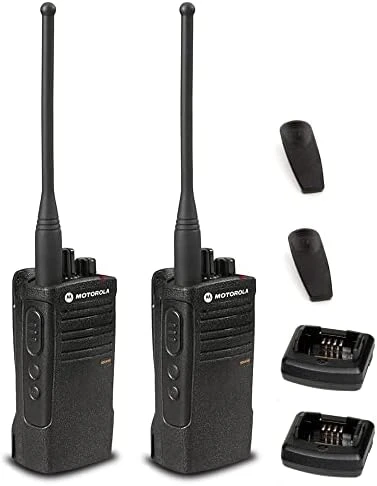In the world of radio communication, understanding the lingo is akin to deciphering a secret code. From amateurs to professionals, mastering the language of radio is crucial for effective communication. Whether you're a hobbyist, an emergency responder, or a maritime navigator, grasping the essential terms can enhance your ability to transmit and receive messages accurately and efficiently.
The Significance of Radio Lingo
Radio lingo serves as the backbone of communication in various fields, including aviation, maritime operations, public safety, and amateur radio. It comprises a specialized vocabulary designed to convey information succinctly and unambiguously, even in high-pressure situations where clarity is paramount.
Key Terms in Radio Communication
1. Ten Codes
Ten Codes are a set of numeric codes used to represent common phrases or commands. For instance, "10-4" signifies acknowledgment or understanding, while "10-20" indicates location.
2. Mayday
"Mayday" is an international distress signal used to request immediate assistance in life-threatening situations. It is typically repeated three times to ensure clarity and urgency.
3. Squelch
Squelch refers to a circuit or control mechanism that suppresses background noise when no signal is present. Adjusting the squelch level ensures that only relevant transmissions are heard.
4. Alpha, Bravo, Charlie
These are examples of the phonetic alphabet, also known as the NATO phonetic alphabet. It assigns unique words to each letter of the alphabet to facilitate clear communication, particularly when spelling out words or names.
5. Frequency
Frequency denotes the number of cycles per second of a radio wave and is measured in Hertz (Hz). It determines the channel or band used for communication and influences the range and clarity of transmissions.
6. Transceiver
A transceiver is a device capable of both transmitting and receiving radio signals. It is a fundamental tool in radio communication systems, enabling two-way communication between parties.
7. R-S-T System
The R-S-T system is a method used to report signal strength and readability in radio transmissions. It consists of three numbers: R for readability, S for signal strength, and T for tone.
Applications of Radio Lingo
1. Emergency Response
In emergency situations, such as natural disasters or accidents, clear and concise communication is essential for coordinating rescue efforts. Emergency responders rely on radio lingo to convey critical information swiftly and accurately.
2. Aviation
Pilots and air traffic controllers use radio communication to ensure safe takeoffs, landings, and navigation during flights. Understanding aviation-specific lingo is vital for maintaining clear and efficient communication in busy airspace.
3. Maritime Operations
From commercial shipping to recreational boating, maritime professionals use radio communication to communicate with other vessels, ports, and maritime authorities. Familiarity with maritime lingo helps ensure safe and efficient maritime operations.
4. Amateur Radio
Amateur radio enthusiasts, or "ham radio operators," engage in non-commercial radio communication for recreational, educational, and emergency purposes. Mastering radio lingo is a fundamental aspect of participating in the amateur radio community.
Conclusion
In conclusion, decoding radio lingo is essential for anyone involved in radio communication, regardless of their field or level of experience. By understanding and utilizing key terms such as ten codes, Mayday, squelch, and phonetic alphabet, individuals can enhance their ability to communicate effectively over the airwaves. Whether you're a seasoned professional or a novice enthusiast, mastering the language of radio opens up a world of possibilities for clear and efficient communication.


